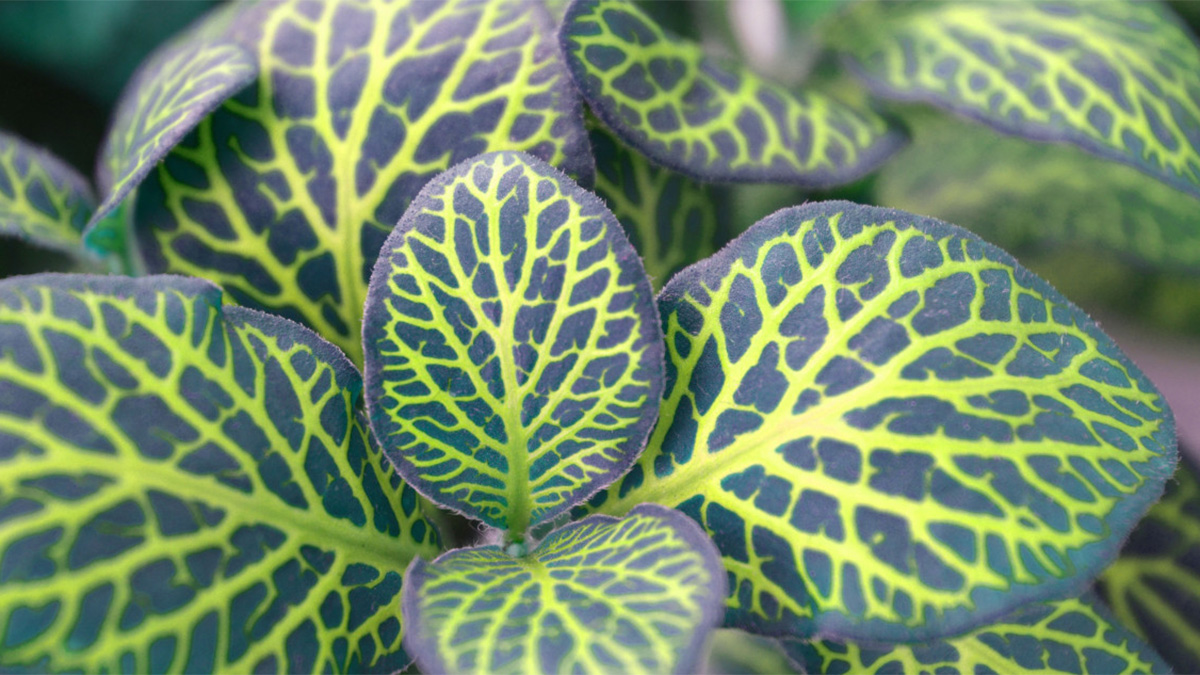Feeding Houseplants: How And When To Fertilize Indoor Plants

Feeding your houseplants might seem optional, but it’s a key part of keeping them healthy and thriving. Indoor plants rely on you to supply the nutrients they can’t get from their limited potting soil. With the right fertilizer and a consistent routine, you’ll see stronger growth, greener leaves, and better blooms in no time.
Related: Low Maintenance Indoor Plants Sure to Liven up Your Home Office
Understand why houseplants need fertilizer
Unlike outdoor plants that draw nutrients from the soil, houseplants rely entirely on the potting mix you provide. Over time, watering flushes out many of the essential nutrients from that mix. Fertilizing is the only way to replenish what the plant uses up and keep it growing strong.
The three main nutrients your plant needs are nitrogen, phosphorus, and potassium. Each plays a role in growth, with nitrogen supporting foliage, phosphorus aiding in root and flower development, and potassium helping with overall plant function. Without these nutrients, even the healthiest plant can begin to struggle.
Know the signs your plant needs feeding
When a plant lacks nutrients, it will often show subtle signs first. You might notice that new leaves are smaller, or that overall growth has slowed. Leaves may start to yellow or look washed out, especially in older foliage.
Flowering houseplants may stop blooming or drop buds before they open. In some cases, stems become thin and weak, or the plant may appear generally tired. These are all clues that your plant could benefit from a feeding schedule.
Choose the right fertilizer for your plants
Fertilizers come in several forms, and each works a little differently. Liquid fertilizers are easy to dilute and apply during watering, while slow-release pellets break down gradually over time. Granular fertilizers are often stronger and need to be mixed into soil with care.
Always check the N-P-K ratio on the label to match the formula to your plant’s needs. A 10-10-10 formula is balanced, while something like 3-1-2 favors leafy growth. You’ll also want to decide whether to use organic options, like seaweed or worm tea, or synthetic blends for faster results.
Match the fertilizer to the plant type
Not all houseplants need the same kind of feeding. Foliage plants like pothos, philodendrons, and spider plants benefit from a fertilizer with higher nitrogen content. This helps them grow lush, green leaves.
Flowering houseplants such as Moth Orchids or African violets often need a boost in phosphorus to support blooming. Succulents and cacti, on the other hand, are light feeders and only need occasional, diluted fertilizer. Matching the product to your plant type keeps growth balanced and avoids overstimulation.
How often to fertilize indoor plants
Timing matters when it comes to feeding houseplants. Most indoor plants grow actively from spring through early fall and should be fertilized every two to four weeks during this time. In cooler months, when growth slows down, it’s best to reduce or stop feeding entirely.
Plants that are blooming or putting out new leaves may need more frequent feeding. Keep in mind that overfeeding can do more harm than good. It’s often better to feed lightly and consistently than to go long periods without and then apply too much at once.
How to apply fertilizer correctly
The method of application depends on the type of fertilizer you’re using. Liquid formulas should be diluted according to the package directions and applied during regular watering. Be sure the soil is moist before feeding to avoid shocking the roots.
Slow-release pellets can be sprinkled on the surface of the soil or gently mixed in. For granular fertilizers, mix carefully and avoid letting them rest directly against the plant’s base. Avoid splashing fertilizer on the leaves, especially with stronger solutions, to prevent leaf burn.
Common mistakes to avoid
One of the most frequent mistakes is overfeeding. Too much fertilizer can lead to a buildup of salts in the soil, causing leaf tip burn and root damage. It’s also important not to use outdoor fertilizers indoors, as they may be too concentrated or lack the balance houseplants need.
Using the wrong product for your specific plant can result in unbalanced growth. For example, a nitrogen-heavy formula might prevent a flowering plant from blooming. Pay attention to your plant’s condition before feeding and avoid fertilizing a plant that is stressed from repotting, disease, or pests.
Pro tips for healthier, better-fed houseplants
Flushing the soil every few months with plain water helps remove any accumulated salts. This keeps the roots healthy and reduces the risk of buildup over time. Watering thoroughly during feeding also helps distribute nutrients evenly through the root zone.
Using filtered or rainwater when mixing fertilizer can improve results, especially if your tap water is high in minerals or chlorine. Keeping a plant care calendar or notebook is a helpful way to track feeding dates, formulas used, and how your plant responded. Over time, this builds a reliable routine tailored to your indoor garden.
Related: Common Reasons You May be Struggling to Keep Your Houseplants Healthy
Conclusion
A thoughtful feeding routine can transform your houseplants from slow growers to vibrant, thriving greenery. By choosing the right fertilizer, timing it with your plant’s growth cycle, and avoiding common mistakes, you’ll create the ideal environment for long-term health. Your plants will thank you with lush leaves and lasting beauty.
